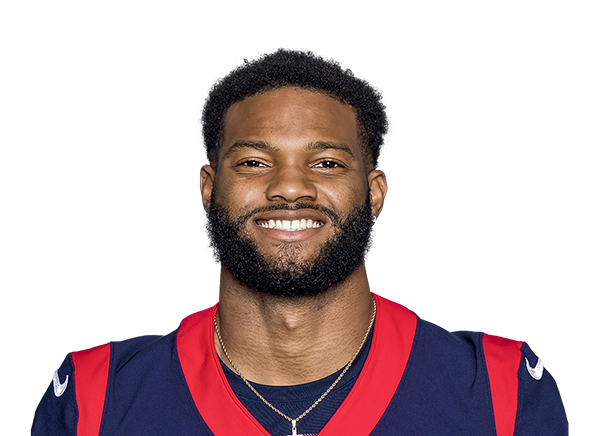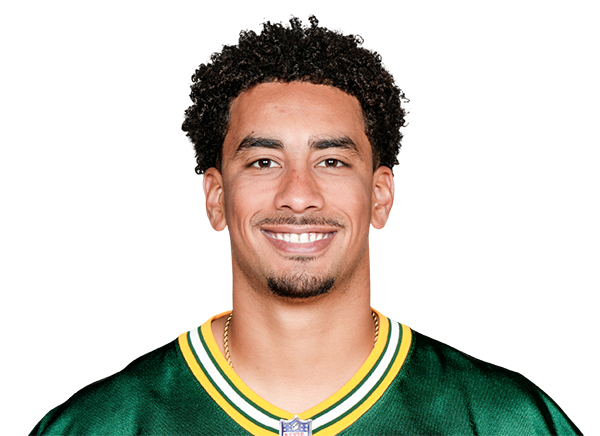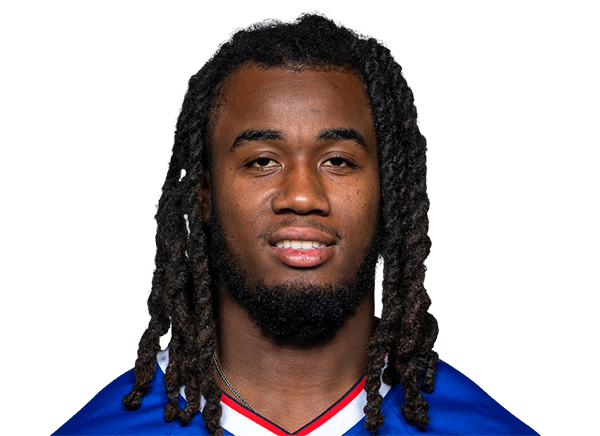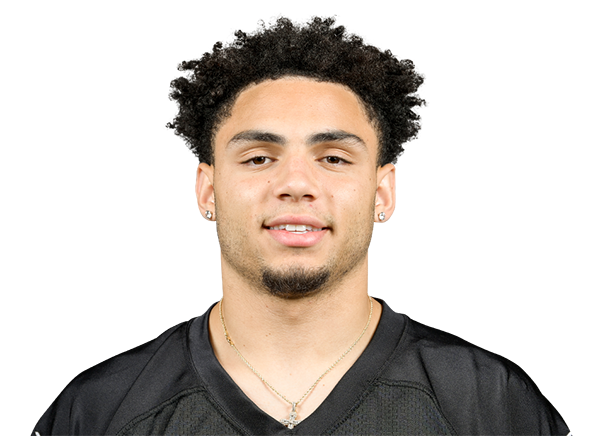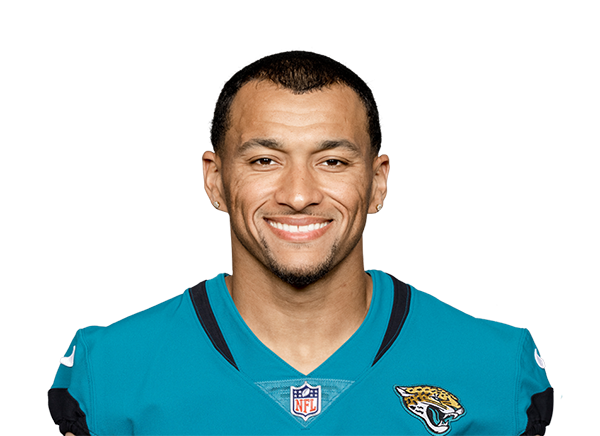The DLF Mailbag
Editor’s Note: This week, we bring you “DLF Two-A-Days” – two articles every day leading up to our NFL Draft Coverage. You’ll find articles posted every morning and afternoon on both the Premium and free sides of DLF. If you’re a Premium member, I guess you could call them “DLF Four-A-Days!”
Welcome to the latest edition of the weekly mailbag.
Send me your questions using the DLF Mailbag Form and I’ll include the best in future articles. Remember the guidelines to have the best chance at seeing your question get posted:
1.) Dynasty questions only, no start/sit questions
2.) Help me help you by providing sufficient information about your league (e.g. line-up requirements/PPR or non-PPR/etc.), and include your first name and where you’re from.
3.) Your chance of getting your question answered is inversely proportional to the length of the question.
Let’s get to it!
1.) The league I’m in is a 12-team dynasty league where we can only keep our starters. Each subsequent redraft is then combined with a rookie draft. I made a bunch of moves last year, but now I’m not sure what to do with my quarterbacks before our draft. I have Colin Kaepernick and Andrew Luck, and I can only keep one. Which one does a guy keep? – Tyson in Saskatchewan
As both Andrew Luck and Colin Kaepernick are considered to be top ten dynasty/keeper quarterbacks, this is a good problem to have. According to April’s ADP data, the promising young signal callers are the second and fifth quarterbacks off the board, with respective overall positions of 30.5 and 45.7. Moreover, both have appreciated in relative positional value since January, as three months ago Luck was considered the overall QB3 and Kaepernick the QB9.
The case for Kaepernick seems simple enough. In just ten games as the 49ers’ starter (including playoffs), the Sophomore quarterback rose from near obscurity to complete 62.1% of his 272 passes, while averaging 241 passing yards and 50.2 rushing yards per game, to go along with a 3.8:1 touchdown-to-turnover ratio. Despite that precious little experience, he led his team to the Super Bowl and also benefits by playing under one of the brightest offensive minds in the game in head coach Jim Harbaugh.
Luck, the first pick in the 2012 NFL draft, found a similar degree of immediate success. In the Colts’ pass heavy offense, Luck averaged 273 passing yards with a completion percentage of 54.1%, while also rushing for 16 yards per game and posting five total rushing scores. Though more “careless” with the pigskin, Luck still finished with a TD/turnover ratio of 1.2:1. He’ll also have to cope with the loss of interim Head Coach/Offensive Coordinator Bruce Arians, who departed to lead the Arizona Cardinals.
One thing, however, that neither stats nor fantasy football take into account, is the figurative “degree of difficulty.” Kaepernick played for the second best team in the NFL, on an offense littered with talented veterans (running back Frank Gore, receiver Michael Crabtree and tight end Vernon Davis), and behind arguably the best offensive line in football. Though he still played at an exemplary level, his path to fantasy stardom was enhanced by a strong supporting cast.
Luck, on the other hand, lost head coach Chuck Pagano for much of the year due to an unexpected leukemia diagnosis. He played behind one of the league’s poorer offensive lines, and the majority of his skill position players were rookies (receiver TY Hilton, running back Vick Ballard, and tight ends Coby Fleener and Dwayne Allen). Despite that, he still led the 2011 cellar-dweller Colts to the playoffs while setting a rookie record for passing yards.
It’s more than reasonable to expect both players to improve, but given that Luck finished as the 2012 fantasy QB8 despite his lesser team and rookie status, he’d be my keeper of choice. He’s also two years younger than Kaepernick and doesn’t rely as much on hard to replicate rushing statistics. The silver lining is you should still be able to trade Kaepernick with ease, affording you an upgrade at another position.
2.) I have been offered Randall Cobb for Reggie Bush and pick 1.11 in my league’s rookie draft. I’m stronger at running back than receiver, but considering I won the league last year and am in a win now mode, is this a good trade for me? – Michael in TX
One of my favorite acquisitions of the 2013 NFL off-season was the Detroit Lions picking up Reggie Bush. Starved for an explosive rushing element ever since Jahvid Best was sidelined (perhaps permanently) by his concussion woes, the shifty Bush seemed a natural fit. At a minimum, the former Saint and Dolphin should keep defenses honest enough to free up superstar receiver and erstwhile Decepticon Calvin Johnson.
Bush’s biggest allure is undoubtedly the prospect of an uptick in receptions. In New Orleans, Bush averaged 4.9 catches per game, but that number dropped to 2.5 during his two years in Miami. However, this was mitigated by an average of 1,036 rushing yards and six rushing touchdowns.
Unfortunately, Bush is not without his share of red flags. He’s 28 years old and has only played a full slate of games in two of his seven seasons in the league. He has also never exceeded 227 carries in any given year – this serves to knock his draft status down a few pegs, as Bush is currently being selected as the RB22, with an ADP of 52.3.
Randall Cobb, in my opinion, is definitively overhyped. With that said, his value (ADP of 20.7) makes him a desirable trade target. Given the strength of your ball carriers and deficiency at receiver, procuring Cobb’s services for the price of an aging running back and lottery ticket draft pick is a steal. You could likely flip him for an even better running back or keep him in hopes the production matches the potential.
3.) In a 16-team PPR league, which side do you prefer: Matt Schaub and Stevan Ridley or Peyton Manning plus rookie picks 1.09 and 1.11? – Howatzer in Vancouver
This is one of the more interesting dynasty trade offers I’ve come across. On one hand, studs and high rookie draft picks are extremely meaningful in larger league formats. On the other hand, at what point is that strategy undone by age and unpredictability? Let’s start this analysis with Matt Schaub and Stevan Ridley.
After a breakout 2009 campaign where the Texans’ signal caller finished as the overall QB3, Schaub’s statistics have taken a turn for the worse. In 2010 through 2012, his average finish has been the QB18 – a backup even in 16-team leagues (though he did miss six games in 2011). With Houston committing to Arian Foster and the run game, while seemingly ignoring the receiver position opposite Andre Johnson, it’s hard to see those numbers significantly improving.
This potential trade pairs him with Ridley, who despite experiencing a breakout year in 2012, only finished as the PPR RB15. Though he ran the ball at a 4.4 yards per carry clip, his lack of pass-catching ability tanks his value in PPR formats. With a looming competition from fellow soon to be third year back Shane Vereen, his playing time could dip as well.
Therefore, despite the status of your team, I’d side with Peyton Manning and the picks. Though Manning likely only has a few years left, he’ll be averaging upwards of 40 pass attempts per game, and likely completing the solid majority of them to a revamped receiving corps featuring slot machine Wes Welker. Adding Manning, along with the possibility of getting younger and improving through the draft, renders this an easy decision to me.
4.) What are your thoughts on the long-term PPR values of Rueben Randle and Marvin Jones? – David in CA
Without a doubt, the key words in this question are “long term.” That’s because the Giants’ Rueben Randle and the Bengals’ Marvin Jones both face an uphill battle for playing time and potential fantasy prominence. Randle must contend with receivers Hakeem Nicks and Victor Cruz (assuming he signs his tender), while if Jones remains a Bengal, he will forever be stuck behind all-pro AJ Green.
Those participating in DLF’s monthly mock drafts view both as fliers, as Randle is being selected with an ADP of 143.5, while Jones’ stands at 195.7. In 2012, both basically functioned as injury fill-ins, with Randle accumulating 298 yards and three touchdowns and Jones the recipient of 201 yards and one touchdown. In terms of NFL draft status, Randle was taken in the second round (#63 overall), while Jones went significantly later in the fifth round, as the 166th player taken.
Jones will also be forced to contend with fellow 2012 rookie receiver Mohamed Sanu. Though neither was able to put together a fully healthy season, Sanu bested Jones in terms of both receptions per game and catch percentage. He also proved to be a red-zone dynamo, converting 25% of his 16 total catches into touchdowns. Drafted in the third round, Sanu arguably has a leg-up on Jones entering the Bengals’ 2013 training camp.
Similarly, Randle will be stuck behind both the aforementioned Nicks and Cruz for as long as they remain Giants. In this case, the uncertainty is appreciably larger, as neither Cruz nor Nicks has yet to sign a long-term deal. Moreover, given Nicks’ proclivity for collecting nagging injuries, Randle could carve a niche in New York’s offense sooner rather than later.
In summation, both Randle and Jones represent the definition of upside. Regrettably, both face an uphill climb in terms of opportunity. Given the established pecking orders of both teams, neither should be counted upon for consistent production anytime soon.
Follow me on Twitter @EDH_27
[ad1]
- Dynasty Fantasy Football Mailbag: Justin Jefferson, Jameson Williams and Rashee Rice - April 1, 2025
- Forgotten Dynasty Youth: Bottom Tier - March 31, 2025
- Dynasty Fantasy Football Mailbag: Some Tee Higgins Trades - March 25, 2025

















